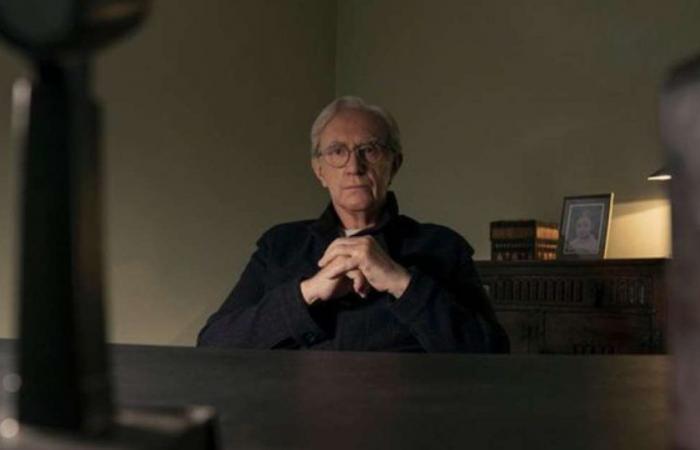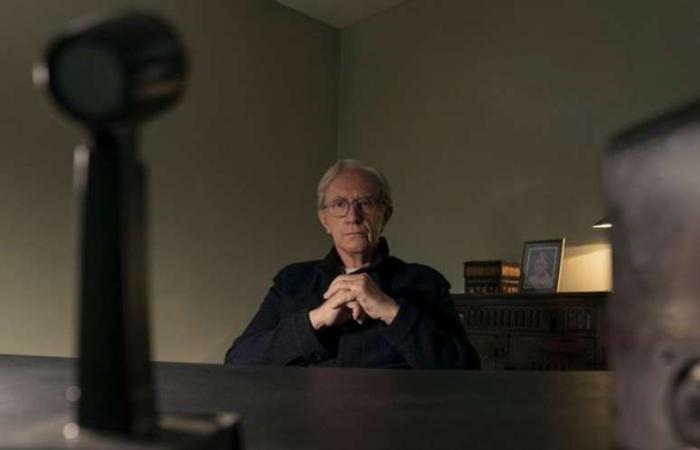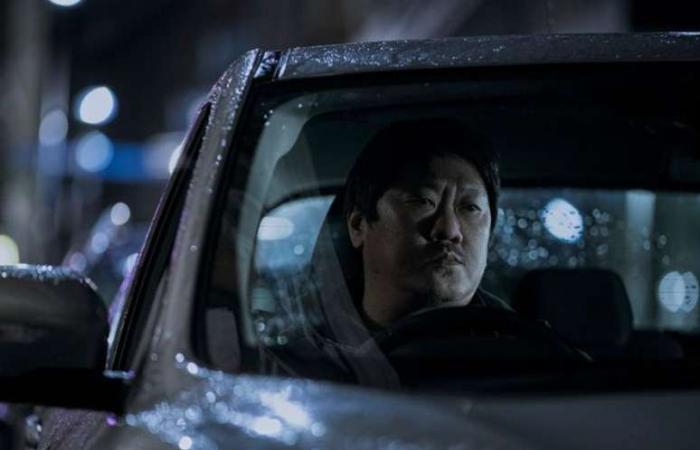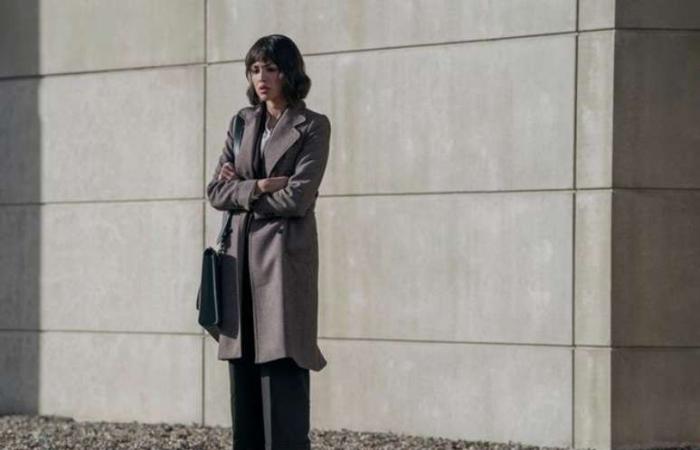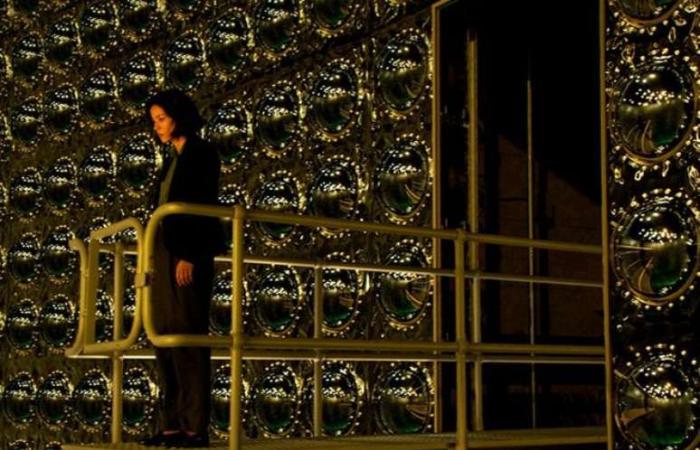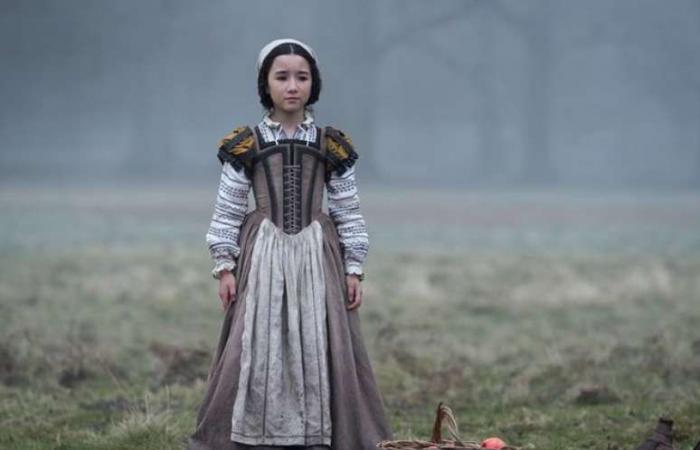One of Netflix’s big bets for 2024, The 3-Body Problem premiered last Thursday (21) in the streaming catalog. Science fiction series, the show arrived on the platform full of expectations, both due to the big name of its creators — the minds behind game of ThronesDavid Benioff and DB Weiss, in partnership with screenwriter Alexander Woo — as well as for its grand plot, based on the book of the same name by Liu Cixin.
Photo: Disclosure/Netflix / Canaltech
Hugo winner and Nebula nominee (two of the biggest sci-fi awards in literature), the Chinese book became famous around the world for telling the story of humanity’s first contact with an alien civilization. An intricate narrative, which explores physical, mathematical and computational concepts very well tied to its plot.
Such complexity, as expected, meant that the Netflix series faced a complicated mission of adapting the Chinese work. Something done, according to the creators themselves, respecting the essential moments of the novel, but with many changes to make a TV production viable.
To understand the most important thing that changed between the books and the Netflix series, the Canaltech put together a list of the 5 main differences between the two products. ButWarning, this list contains spoilers!
5. Altered chronology
Events from the second and third books of the trilogy also appear in the first season (Image: Disclosure/Netflix)
Photo: Canaltech
In order to introduce their characters, contextualize the show’s story and advance the plot, the series’ creators chose to change the original order of events a little. Although, essentially, the series adapts the book The 3-Body Problemthroughout its first season it advances some events from the other two sequences of the story, The Dark Forest It is The End of Death.
From episode 5 onwards, mainly, some plots from the two sequences are introduced into the story, causing the series to “switch” between the three books throughout its narrative. This, of course, changes the chronology of events a lot, but it still maintains plenty of material for more seasons to be released.
Anyone who watched the initial eight episodes of production knows that the story is far from over and, as David Benioff said, they already have sketches of what’s to come, believing that they need at least three, maybe four seasons to tell the story all.
In fact, as the third book has almost a thousand pages, it even makes sense The 3-Body Problem anticipate some events and explanations to streamline things up front.
4. Netflix series goes beyond China
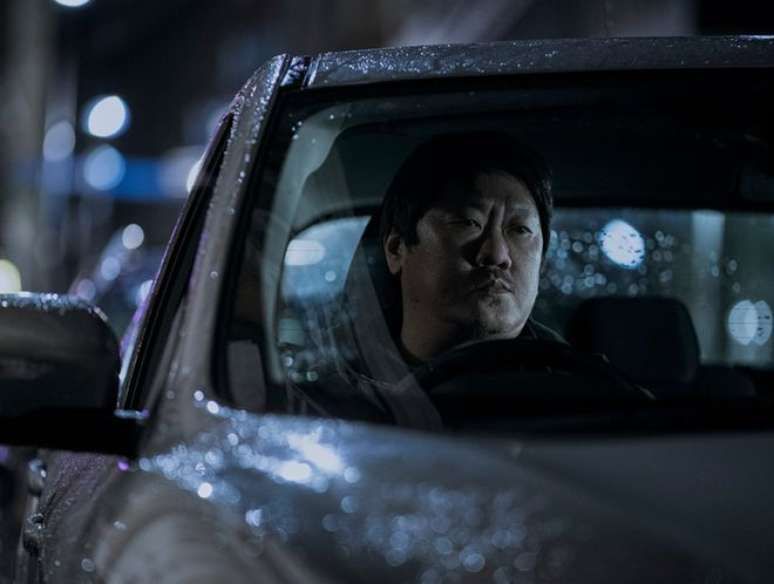
Much of the adaptation takes place in London (Image: Disclosure/Netflix)
Photo: Canaltech
Unlike Liu Cixin’s book, which takes place in China, Netflix’s plot chose to spread the plot, making the story more global, with places and characters from other locations.
To achieve this, the story’s flashback events, which took place in the 60s, amid the Chinese Cultural Revolution, were kept in Beijing and Mongolia, but the entire part of the series that takes place in the present day takes place in other places, mainly London.
Furthermore, the characters gained other nationalities, which according to the creators was important to internationalize the series. Although Ye Wenjie continues to be a Chinese astrophysicist and there are other Eastern figures in the cast, there are characters from various locations and ethnicities spread throughout the plot.
“This is a story about humanity and humanity’s struggle with a seemingly unsolvable mystery that turns into a full-blown existential crisis. So we wanted to represent, as much as possible, all of humanity. We wanted people from all over the world. We tried to create a cast very diverse international community to represent the idea that this is not just one country’s fight; it’s a global fight to survive,” Benioff explained.
3. Wang Miao does not exist in the adaptation
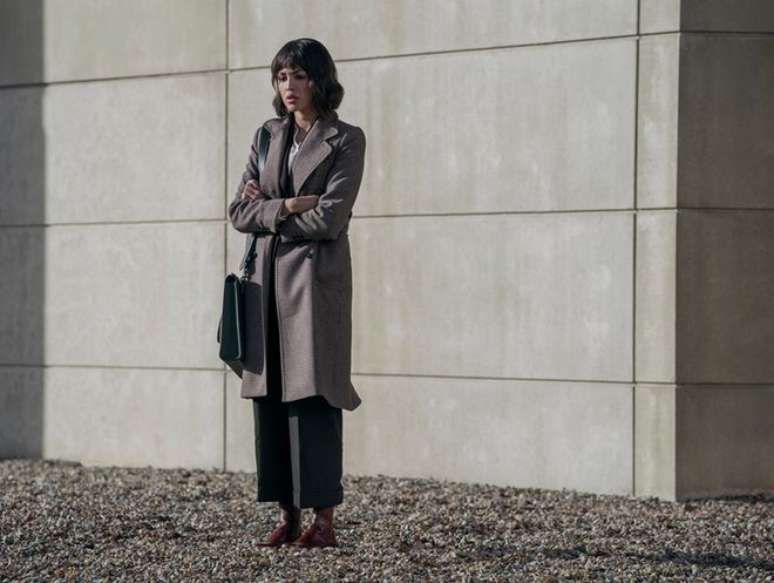
Auggie Salazar is one of the five from Oxford (Image: Disclosure/Netflix)
Photo: Canaltech
Perhaps one of the most drastic changes in the Netflix adaptation was the decision not to bring Wang Miao’s character to the small screen. Protagonist of the first book in the trilogy, he was transformed into the “Oxford Five”, the five scientist friends who gain prominence in this first season.
The figure of Auggie Salazar (Eiza Gonzaléz), in reality, is the one closest to him in the Netflix version. Like the character, she is a pioneer of nanotechnology, who, overnight, begins to see and be terrified by a countdown that never disappears from her field of vision.
Other characters in the Oxford Five, however, also bear some characteristics of Wang Miao. One of them is theoretical physicist Jin Cheng, who discovers the VR game Three Bodies and becomes obsessed with it. While in the book it is the character who gradually advances through the stages and discovers the true objective of the game, in the series it is Jin, helped by his friend Jack, who follows this path.
Furthermore, the change adopted by the series’ creators not only “turned” one protagonist into five, but allowed new characters and stories to be added to the show. In practice, this means that several of the subplots involving this core do not exist in the book, having been created exclusively for the Netflix production.
2. Yang Dong/Vera Ye’s death is different
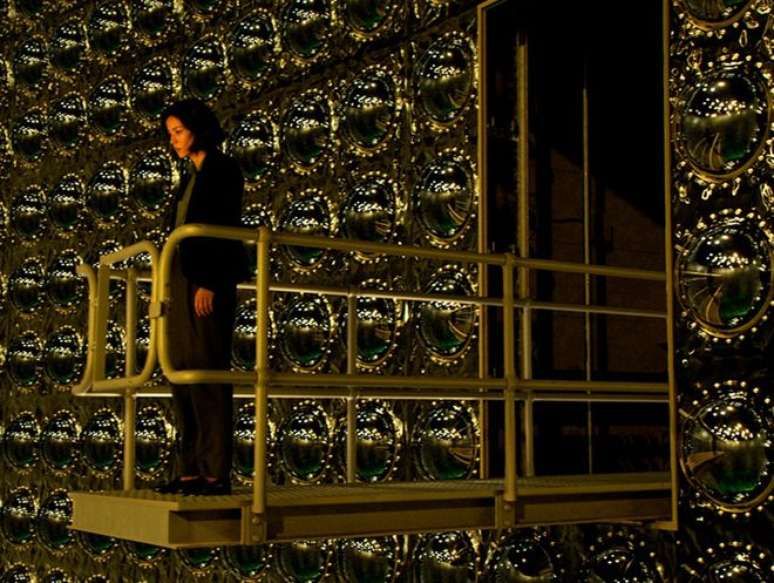
Vera Ye’s suicide is different in the book and in the series (Image: Disclosure/Netflix)
Photo: Canaltech
Although she is a character we know only briefly in both the book and the series, Vera Ye (called Yang Dong in the original) is remembered numerous times throughout the plot, being a very important figure in its development. Her suicide is one of the first scenes that takes place both in the work and in the streaming production, however, it is portrayed differently in the two versions.
While in Liu Cixin’s book, Yan Dong dies from an overdose of sleeping pills, in the Netflix adaptation, Vera Ye has a much more “theatrical” and grandiose death.
In the series, the character throws herself from the top of a Cherenkov radiation tank, located at the Oxford University particle accelerator. The location, made for neutrino studies, appears to have been chosen (in addition to the clear scientific references) as a tribute to Japan’s Super-Kamiokande, one of the most famous observatories of its kind.
1. The game’s “follower” does not appear in the book
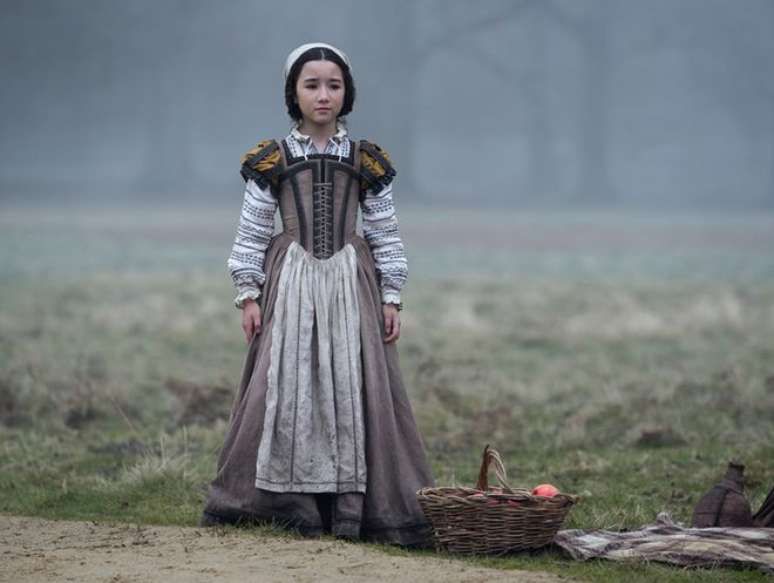
The “follower” only appears in the Netflix series (Image: Disclosure/Netflix)
Photo: Canaltech
Another character that we don’t know much about, but different from Vera, appears recurrently in the first season of production, is the “follower” of Jin’s virtual reality game. Every time the scientist logs into the game, she encounters this nine-year-old girl (played by Eva Ridley), who has no official name, only being called by her nickname.
With each new phase, Jin finds himself more attached to the girl, doing everything he can to help her. For some time, the scientist even believes that the objective of the game could be to save her — a perception that changes when she discovers the truth about that strange planet.
The curious thing about this, however, is that this character does not exist in the book. As he progresses through the game’s story, Wang Miao meets characters from other phases of the game, but nothing similar to the girl’s figure. Apparently, the series wanted to bring a little more delicacy and humanity to this part of the narrative, as well as adding a “sentimental” element so that Jin could continue his journey.
Trending on Canaltech:
+The best content in your email for free. Choose your favorite Terra Newsletter. Click here!

